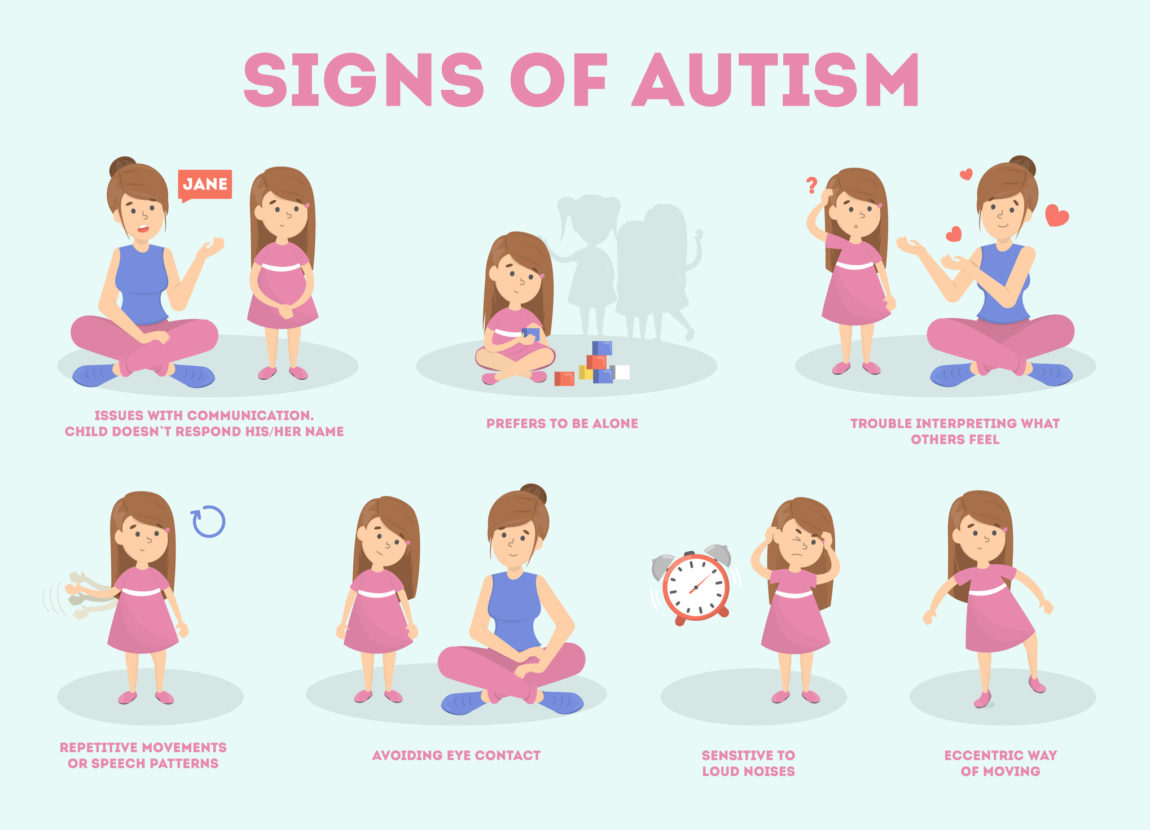SPORTS INJURY REHABILITATION : IN VOLLEYBALL PLAYERS
It focuses on understanding, preventing & treating sports related injuries & musculoskeletal conditions.
As a rehabilitator, we play a vital role in supporting Athletes, players & sports participants of all abilities.
- 5 STAGES OF INJURY REHABILITATION
- PHASE 1 : PROTECTION AND OFFLOADING
- PHASE 2 : PROTECTED RELOADING & RECONDITIONING
- PHASE 3 : SPORTS SPECIFIC STRENGTH, CONDITIONING & SKILLS
- PHASE 4 : RETURN TO SPORT
- PHASE 5 : INJURY PREVENTION
RECOVERY AND REHAB IN VOLLEYBALL PLAYERS
However, Volleyball players may be at risk for injuries due to sport specific tasks such as jumping & landing as well spiking and blocking the ball.
In volleyball players imbalances in strength & flexibility can result from repetitive motions such as jumping, landing , internal rotation of shoulder during serves & spikes.
Improper landing techniques & poor body control is also responsible for repeated injuries.
Also, this game is prone to acute finger sprains, wrist sprains which mainly occurs when in contact with the ball. Volleyball players are also prone to patellar tendonitis, rotator cuff injuries, ACL sprain, Low back pain etc.
- PHASE 1: PROTECTION AND OFFLOADING
Adequate protection & off loading are vital for few reasons, first is to protect the affected area from experiencing any more damage. Secondly, Not only to avoid further injury but to also promote internal healing process for which offloading is necessary.
- PHASE 2: PROTECTED RELOADING & RECONDITIONING
It includes maintenance of strength & conditioning core muscles capacity, mobility, Cardio vascular capacity, mental rehearsal skills, practicing skills & drills"I WANT MY PATIENTS TO FOCUS ON WHAT THEY CAN DO, NOT WHAT THEY CAN'T"
- PHASE 3: SPORTS SPECIFIC STRENGTH, CONDITIONING & SKILLS
Injury has settled now, the athletes have maintained the rest of body, it's time to get a bit serious now.
Often athletes feel that pain is gone, strength is good, can resume playing. However, failure to address defects in higher level capacities can result in marked increased in the risk of re-injury.
Cardiovascular endurance, Muscular endurance, muscle power, agility and balance is must.
This specific training includes balance training including both static and dynamic balance.
Here's an example : Warm up > Balance exercises > Anterior + Rotation + Medial/Lateral
1. One leg on the foam and bend forward, sideways2. One leg on the foam and kick cones sidewaysVertical jump (trampoline)● Antero lateral● Medio lateral● RotationalSTRENGTH TRAINING: It includes core strengthening, leg strengthening which will improve the athlete's balance & jump height.Exercises that target Core :
- Planks
- Bridges
- Squats
- Crunches
- Core strengthening
- Pelvic floor exercises
Exercises to increase leg strength :
- Lunges
- Squats
- Jumps
- Calf raises
- Dead lifts
Strength training for upper limb with dumbbells can also incorporate with the protocol to increase stability and strength of shoulder which is necessary for repetitive movements of hitting, serving and spiking the volley ball.
PHASE 4: RETURN TO SPORT
This is where you have done your job right. If an athlete has been both physically and mentally prepared then this should be a smooth process.They are eased back into playing mode.
PHASE 5: INJURY PREVENTION
How can injury be prevented by following:Proper training guidelines -
- Prevention of re-injury
- Use proper strength training techniques for upper limbs, lower limbs, Abdominals, Back extensors, Core muscles, shoulders etc.
- Use external support or tapping while playing.
- Minimize the amount of jump training on hard surface.
- Warm - up is must with light aerobic exercises & stretching.
- Be sure to properly cool down after practice.
- The athlete should return to play only when clearance is granted by a health care professional.
CONCLUSION:-EFFECTIVE REHABILITATION SHOULD ALWAYS BE A STAGED PROCESS AIMED AT PROMOTING RECOVERY, EXPEDITITING RETURN TO SPORT, OPTIMIZING PERFORMANCE & PREVENTING RE-INJURY.
BY- DR. AAFREEN NIZAMI



Comments
Post a Comment